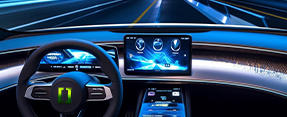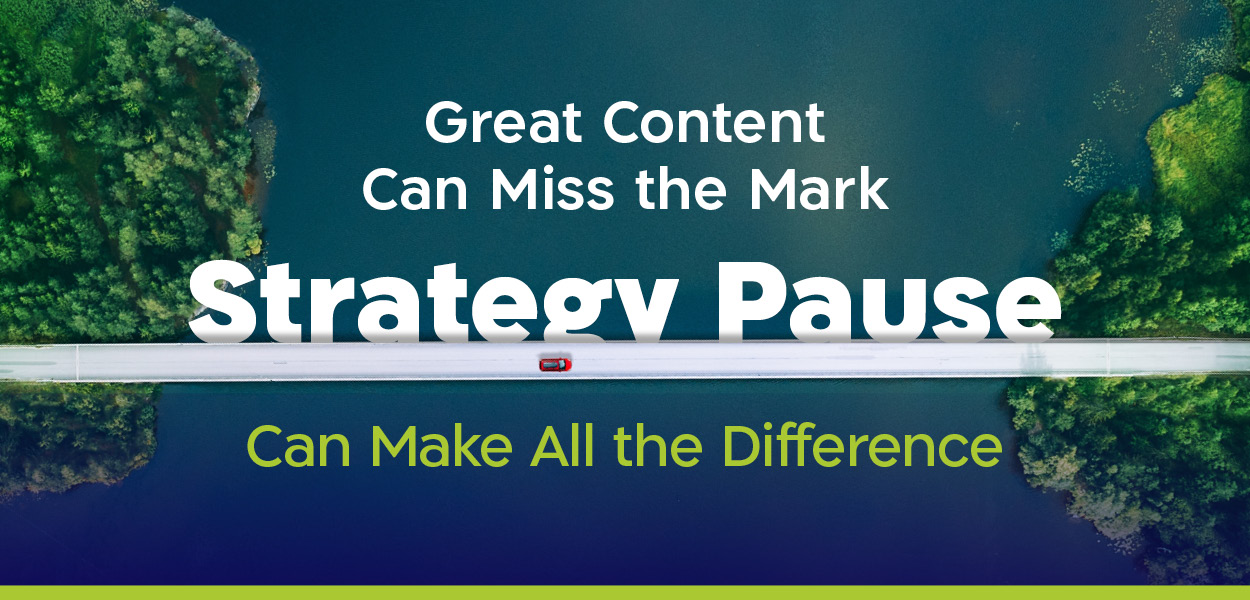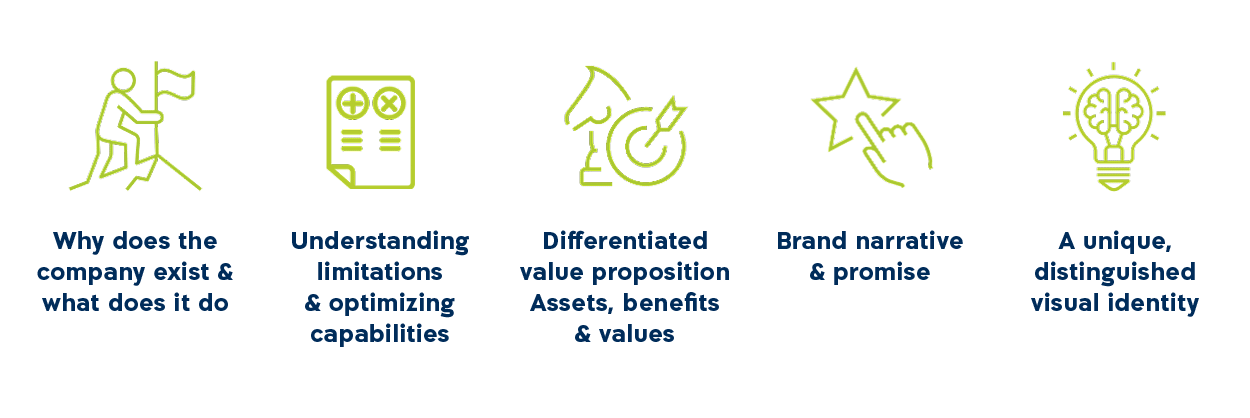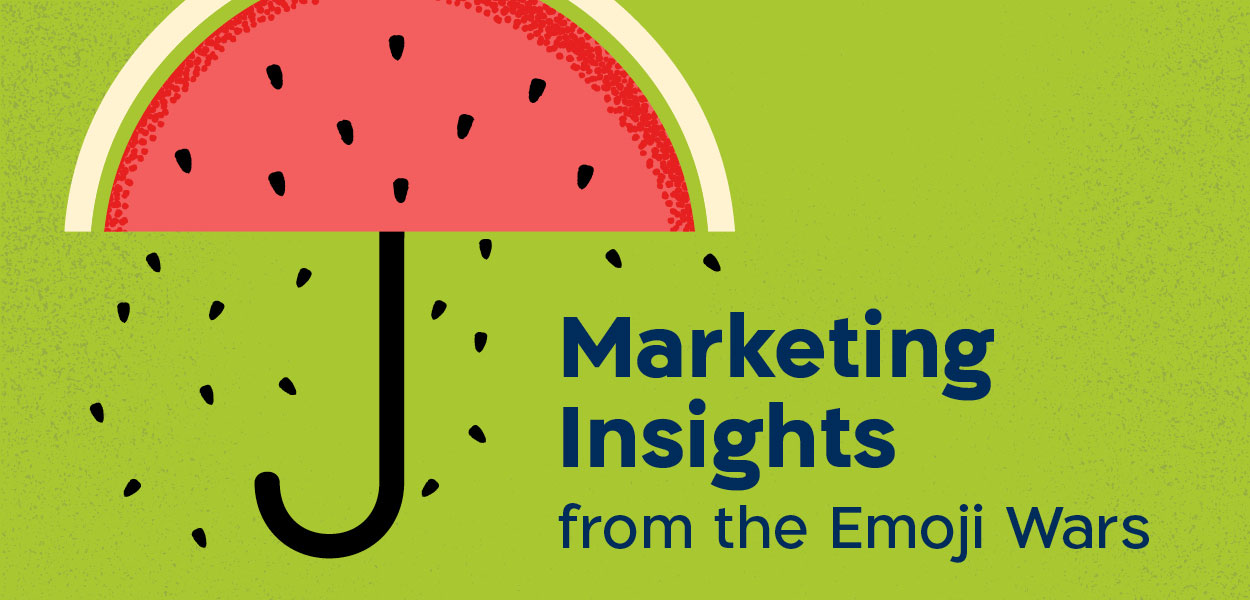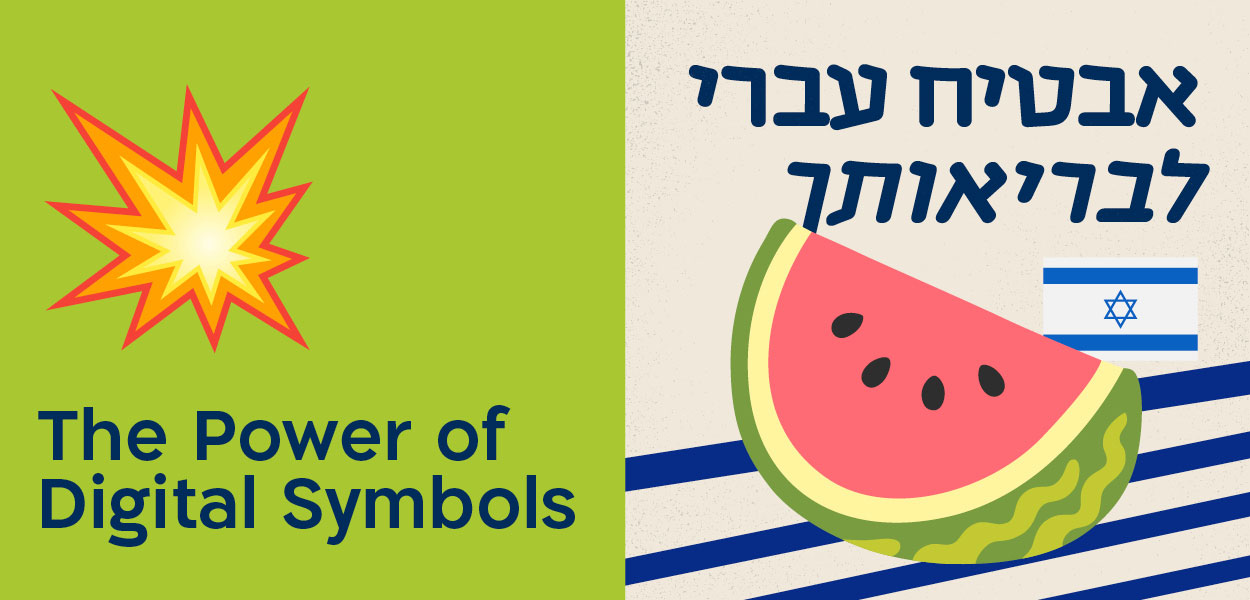May 14, 2017

In today’s digital age, we tend to focus a lot on online marketing (also known as Inbound marketing), which includes the use of social media, email marketing, and other online platforms to communicate with our customers.
Integrating online and offline marketing
With all of this focus on online marketing, we tend to think that we should invest all of our energy in our online presence. But it’s not that simple as customers don’t only spend their time online. While online marketing is crucial to growth and success, you need to also engage your customers using offline methods – especially in B2B industries where long-term relationships with customers are crucial to success.
A good way to understand this is to compare it to the use of social media in our personal lives. Most of us frequently share personal information about ourselves, our families, our hobbies, and more, on social media platforms. Despite the fact that these platforms seem to “replace” direct relationships, that’s not usually the case, and most of us still make a lot of effort to meet with our families and friends on a regular basis to nurture our inter-personal relationships.
If we apply this example to business, we can build well-balanced marketing strategies by combining the use of social platforms to share knowledge with potential customers and build their trust, with inter-personal, offline interactions.
Not mutually exclusive
Using both online and offline marketing doesn’t mean that you need to create separate strategies for each. Instead, you need to create the right marketing mix for your company and field where your offline marketing strategy is actually complemented by your online strategy, and vice versa.
Here are some examples:
1. Trade shows
Trade shows may be traditionally associated with “offline” marketing, but you can leverage your investment in them by using a digital strategy to promote your company’s presence at the event. This can be done through digital ads, social media campaigns, landing pages, calls-to-action, and even webinars or videos talking about the upcoming event and where to find you. These promotions can be used to both promote your business in general, and to set up meetings or collect quality leads.At the event, you’ll be able to meet these potential customers (and other) face-to-face and most importantly, to follow up after the event based on what they told you about their specific needs. Again, the follow-up communication can be done through both direct communication and digital communication such as newsletters.
Read here about the online approach to event marketing>>
2. Samples to customer
Offer potential buyers and distributors that leave their contact details via digital platforms free samples of your products (where relevant) or promotions. In this manner, you can collect quality leads from customers, communicate with them directly to get them to try your products, and continue to engage with them through online campaigns. You can also use geo-driven campaigns to attract potential buyers and then refer them to local points-of-sale.
3. Digital campaigns and demos
Use digital campaigns and landing pages to encourage potential buyers to leave their information and then call them to set up a live demo of your product. You can continue to nurture the relationship with these potential buyers after the demo through a combination of offline and online marketing techniques.
4. Join social media groups
Join and contribute to social media groups in your field, use them to increase your brand awareness, and look out for offline networking initiated by these groups, including impromptu meet-ups and offline conversations. You can also initiate such offline events in order to meet potential leads face-to-face.
The best of both worlds
So the answer is yes – you should DEFINITELY still speak to your customers face-to-face, and communicate with them in every way possible to secure and nurture long-term trust and relationships, and meet their specific goals and needs.
To get the most out this combined approach, make sure your brand promise, messaging, and visual language is consistent across all platforms so that your potential buyers and promoters recognize you wherever you are.








